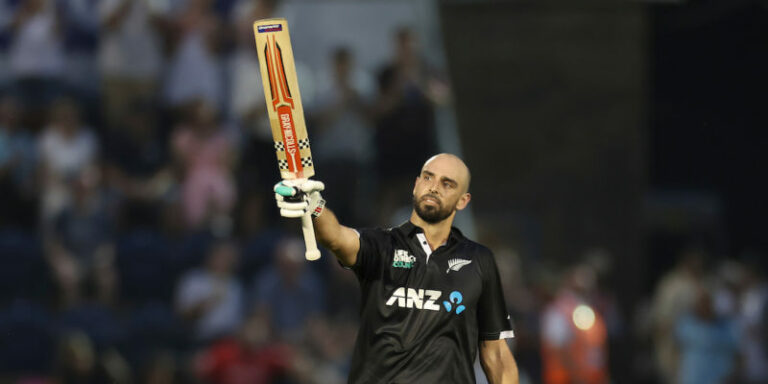Planning and Designing Cricket Grounds for Maximum Efficiency
Allpaanel, All Panel.com: Cricket ground planning represents a critical aspect of creating a successful venue for matches. Understanding the nuances of the game and the unique requirements it imposes on the playing field is fundamental. A key consideration in this process is the orientation of the pitch in relation to the sun, as this can impact visibility and gameplay throughout the day. Additionally, factoring in elements such as wind direction and local weather patterns can help in determining the optimal layout for the ground.
Moreover, the accessibility and amenities provided for both players and spectators play a significant role in the planning phase. Ensuring that facilities such as changing rooms, practice nets, and seating arrangements are well-designed and conveniently located can enhance the overall experience for all involved. By prioritizing the needs and comfort of players and spectators, cricket ground planners can create a venue that not only meets the technical requirements of the sport but also offers an enjoyable and memorable environment for everyone.
• Orientation of the pitch in relation to the sun
• Factors such as wind direction and local weather patterns
• Accessibility and amenities for players and spectators
– Well-designed changing rooms
– Conveniently located practice nets
– Comfortable seating arrangements
• Prioritizing needs and comfort of players and spectators
Understanding the Needs of Players and Spectators
When planning a cricket ground, it is crucial to take into consideration the specific needs of both players and spectators. For players, ensuring a well-maintained pitch with consistent bounce and good outfield conditions is essential for a fair and competitive game. Additionally, having appropriate facilities such as changing rooms, practice nets, and medical assistance available can greatly enhance the overall playing experience.
On the other hand, creating a comfortable and engaging environment for spectators is equally important. Providing ample seating with a clear view of the field, along with facilities like concessions and restroom access, can contribute to a positive spectator experience. Moreover, considering factors such as parking availability, crowd management, and security measures can help ensure a safe and enjoyable time for all those attending matches at the cricket ground.
Optimizing Field Dimensions and Layout
To optimize field dimensions and layout for a cricket ground, it is essential to consider the various elements that contribute to a balanced and fair playing field. The size of the playing area, in particular the boundary dimensions, should be carefully determined to provide a challenging yet achievable target for the players. Additionally, the pitch dimensions and surface quality play a crucial role in ensuring a competitive and engaging game for both the players and spectators alike.
Furthermore, the strategic placement of the pavilion, seating areas, and other facilities around the field is vital in enhancing the overall spectator experience. By positioning these elements thoughtfully, spectators can enjoy an unobstructed view of the game while also having easy access to amenities. Balancing the needs of players and spectators in the field dimensions and layout is key to creating a successful and enjoyable cricket ground for all involved.
Why is it important to optimize field dimensions and layout in a cricket ground?
Optimizing field dimensions and layout is crucial in ensuring a fair and competitive playing field for both teams. It also enhances the overall spectator experience and safety.
What factors should be considered when planning the layout of a cricket ground?
Factors such as size and shape of the playing area, pitch conditions, boundary distances, sightlines for spectators, and facilities for players and officials should be taken into account when planning the layout of a cricket ground.
How can the needs of players and spectators be balanced when designing a cricket ground?
By carefully considering the layout and dimensions of the field, as well as amenities for players and spectators, it is possible to create a cricket ground that meets the needs of both groups without compromising the integrity of the game.
Are there any regulations or guidelines that dictate the dimensions of a cricket field?
Yes, the International Cricket Council (ICC) has specific guidelines for field dimensions and layout that must be followed by all cricket stadiums hosting international matches.
What are some common mistakes to avoid when planning the layout of a cricket ground?
Some common mistakes include inadequate boundary distances, poor sightlines for spectators, lack of amenities for players and officials, and uneven pitch conditions. These can all impact the quality of the game and overall experience for those involved.







